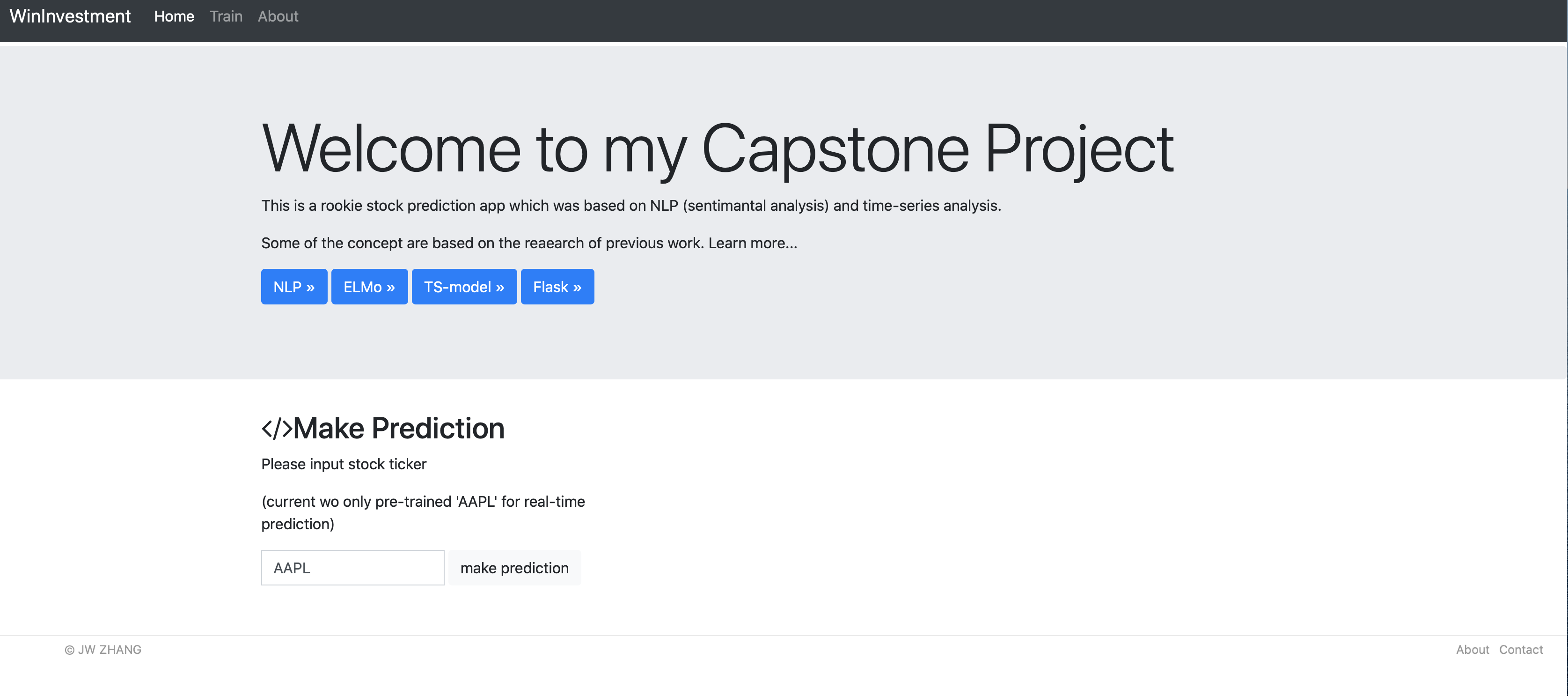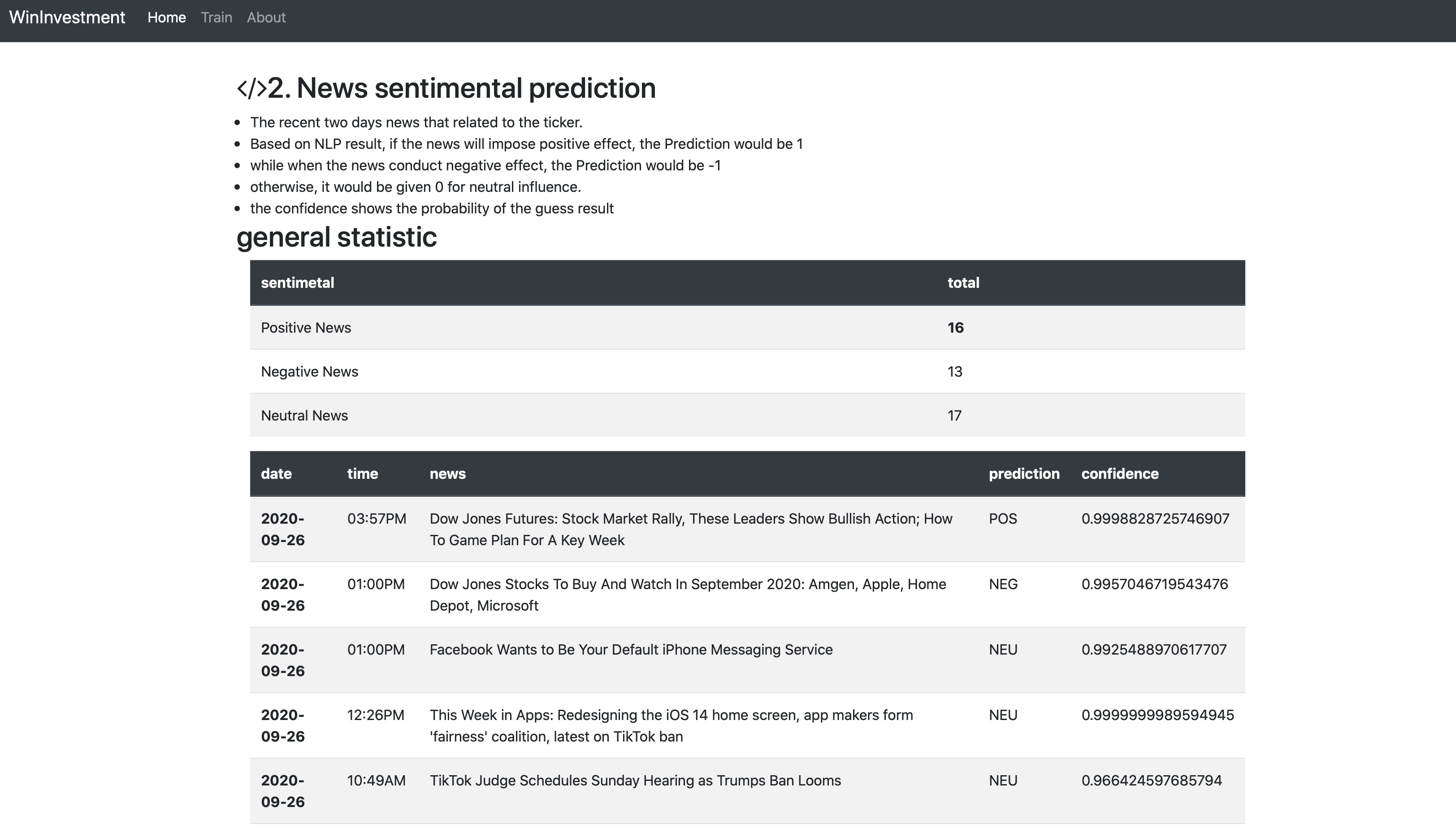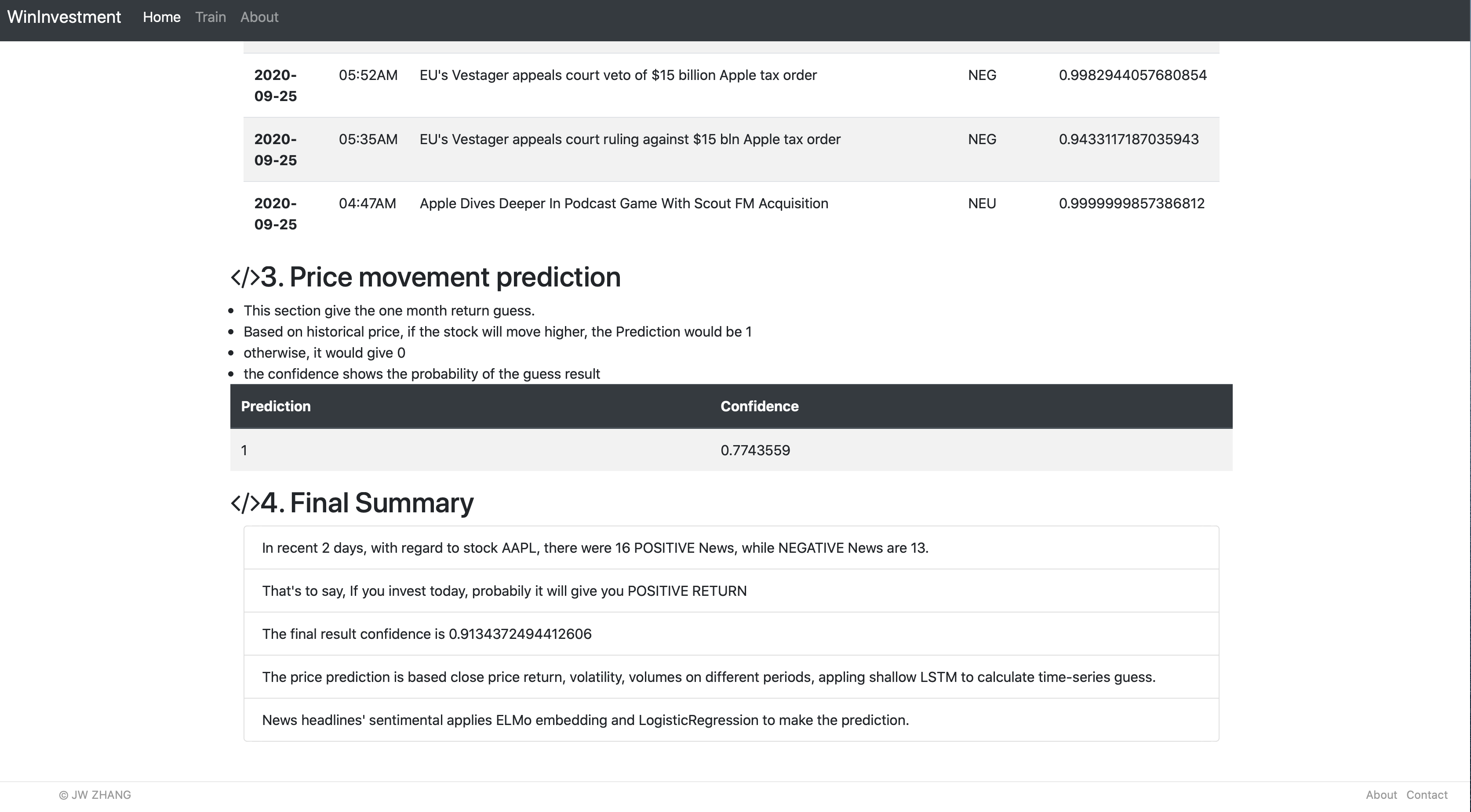Springboard ML career track capestone project.
├── LICENSE
├── Makefile <- Makefile with commands like `make data` or `make train`
├── README.md <- The top-level README for developers using this project.
├── data
│ ├── external <- Data from third party sources.
│ ├── interim <- Intermediate data that has been transformed.
│ ├── processed <- The final, canonical data sets for modeling.
│ └── raw <- The original, immutable data dump.
│
├── docs <- A default Sphinx project; see sphinx-doc.org for details
│
├── models <- Trained and serialized models, model predictions, or model summaries
│
├── notebooks <- Jupyter notebooks. Naming convention is a number (for ordering),
│ the creator's initials, and a short `-` delimited description, e.g.
│ `1.0-jqp-initial-data-exploration`.
│
├── references <- Data dictionaries, manuals, and all other explanatory materials.
│
├── reports <- Generated analysis as HTML, PDF, LaTeX, etc.
│ └── figures <- Generated graphics and figures to be used in reporting
├── stk_predictor <- Main project code here.
│ └── data <- Scripts to download or generate data
│ │ └── make_dataset.py
│ └── features <- Scripts to turn raw data into features for modeling
│ │ └── build_features.py <- currently not used
│ └── models <- code related to train the model, time-series and sentimental analysis
│ │ └── predict_model.py <- currently not used
│ │ └── train_sa_model.py <- train sentimental analysis model
│ │ └── train_ts_model.py <- train time-series analysis model
│ │ └── utils.py <- help functions
│ │ └── views.py <- no use
│ └── predictor <- the main function to make real-time prediction according to user's request
│ │ └── forms.py <- request forms validation, the home page related
│ │ └── models.py <- define price table in db
│ │ └── views.py <- action code for to response user request
│ └── static <- static file, including css, js, images
│ └── templates <- web site pages, html
│ └── visualization <- to generate necessary graph or other images
│
├── app.py <- Flask app initilization, the main entrance of app
├── commands.py <- app.cli command, used for train model or init-db
├── compat.py <- make the project compatible with different Python version
├── config.py <- The app configuration
├── database.py <- The db related operation
├── entensions.py <- register flask extensions modules
│
├── requirements.txt <- The requirements file for reproducing the analysis environment, e.g. generated with `pip freeze > requirements.txt`
│
├── setup.py <- makes project pip installable (pip install -e .) so src can be imported
│
└── tox.ini <- tox file with settings for running tox; see tox.readthedocs.io
This project implements NLP and time-series analysis on texts and stock trading data to get a specific company's stock future movement.
The app scrapes recent fresh data from Finviz and Yahoo Fiance.
Then do the basic preprocessing and cleaning to the data set, including removing stop-words and special characters, expanding contractions, lemmatization, and tokenizer on texts data.
In addition, in order to apply classification on time-series data, the app generates log return, volatility, volumes with special time-window (5-day to 80-weeks) as input features. And I design a LSTM model to achieve classification result on time series data.
The app utilizes NLP embedding algorithms to get texts embeddings. I explore different embedding methods, including word-count, tf-idf, gloves, bow, and elmo embedding. The last one gives the hightest accuracy performance on predicting the news sentimental.
I also experiment different classification algorithms, such as LogisticRegression, SVM, Naive Bayes. Logistic Regression give better result.
To deal with time-eries model, I create a LSTM model and apply feature engineering results on the model.
Finally, I ensemble the two model's judgement to get the final results. The app tells people how will the stock move in the future based on its recent news and historical price.
- The app use sqllit3 to store price data;
- the news headlines are not persistence on local system;
- the original traing sets is saved in csv files.
* this will save the logs and db in disk-volumes as mounted in command
docker run -it \
-v '/local/storage/db:/app/db' \
-v '/local/storage/logs:/app/logs' \
springboard-csp init-db
docker run -it -p 5000:5000
-v '/local/storage/db:/app/db' \
-v '/local/storage/logs:/app/logs' \
springboard-csp
when you deploy the app with production server, such as uwsgi, In experiment environment, we can run the app by flask interal server:
export FLASK_ENV=production
export FLASK_APP=stk_predictor.app
flask run
If you want to predict a new stock, you have to train a new model by using the cli command:
flask train_ts_model AAPL // it will load AAPL history data and train a new model
flask train_sa_model // this will bring up training sentimental model
Project based on the cookiecutter data science project template. #cookiecutterdatascience


